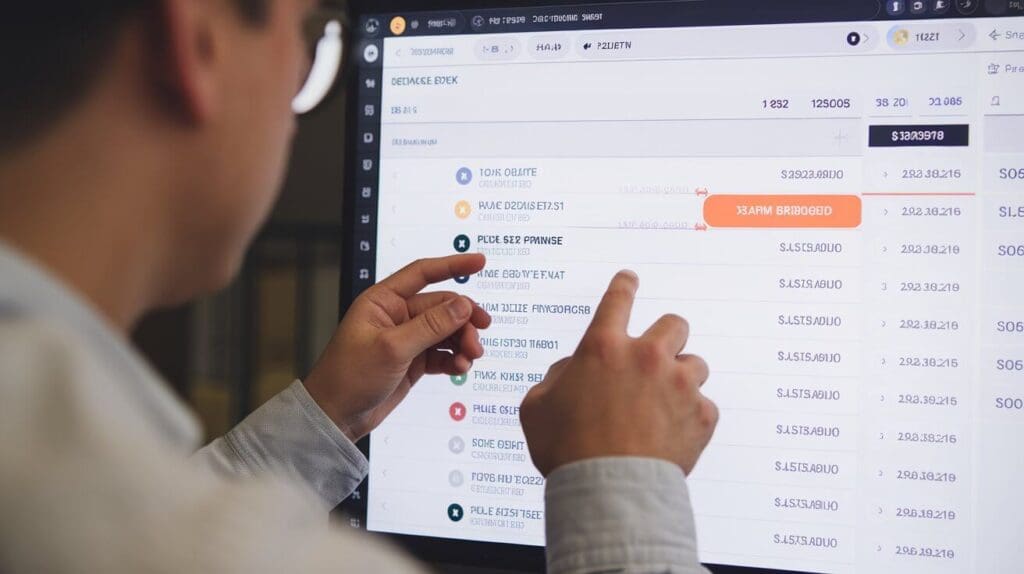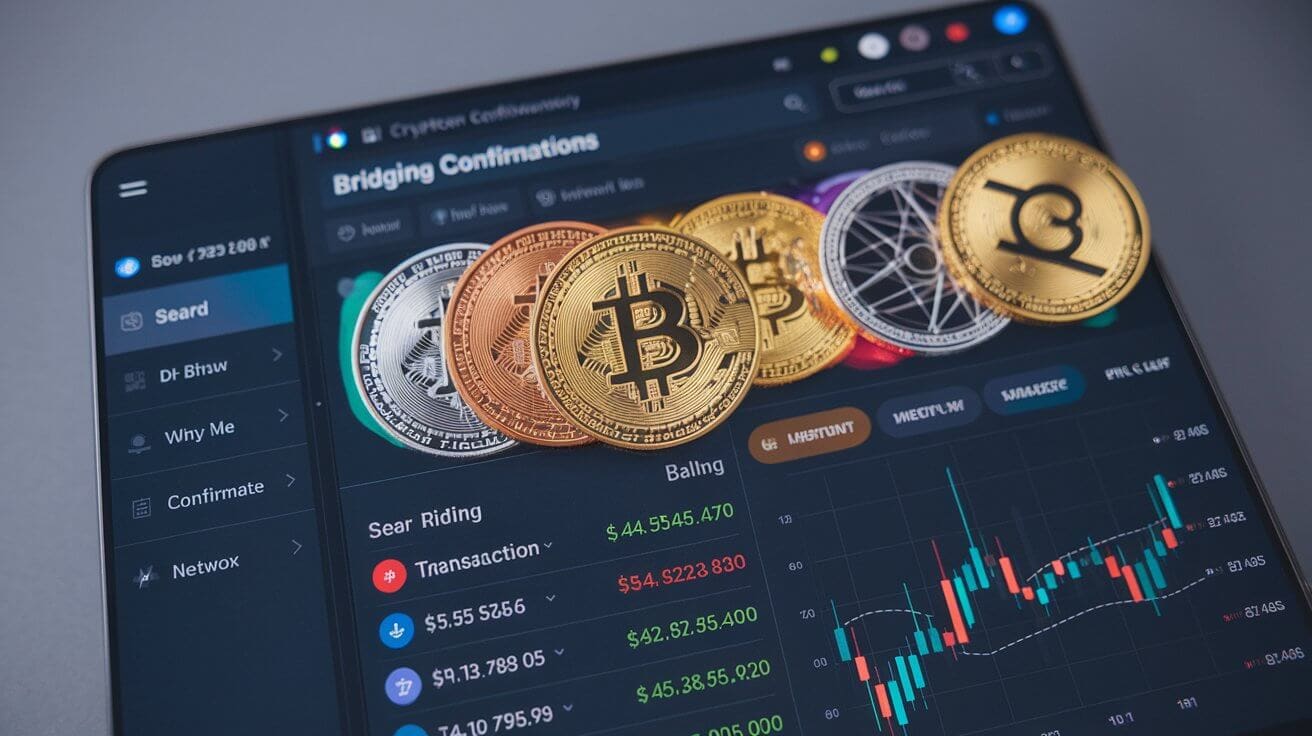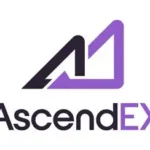In this article, I will discuss the How to Find Bridging Confirmations on Explorer to confirm that your cross-chain transactions have been properly completed.
Keeping track of confirmations assists in establishing if the source assets have been transferred to the target chain. I will assist you in checking the transaction hashes, using blockchain explorers, and resolving several common problems with bridging.
What are bridging confirmations?
Bridging confirmations are meant to ensure that cross-chain transactions are properly registered on both blockchains. For instance, in transfers between networks using a bridge, a transaction must first be confirmed on the originating chain prior to being processed on the receiving chain.

This requires several confirmations depending on the network’s consensus mechanism. Tracking these confirmations enables users to verify the transaction status, identify blockages, and ensure that assets are securely transferred over chains.
How to Find Bridging Confirmations on Explorer

Finding bridging confirmations on an explorer can be completed in some simple steps.
Initiate the Bridge Request
Generate a Transaction ID (TxID): To start, make sure to launch a bridge request on your selected platform. This action will produce a transaction ID (TxID) that is useful for tracking purposes.
Access the Explorer
Navigate to the Blockchain Explorer: Proceed to the blockchain explorer of the network you are bridging to / from. Some well-known explorers include:
- Etherscan for Ethereum and
- BscScan for Binance Smart Chain.
- Solscan for Solana.
Enter the TxID
Search For The TxID: Once you are on the explorer, make sure to look up the TxID you received while completing your bridge request. Doing so will show you the details for your transaction.
Check Confirmation Status
Identify Confirmation Indicators: Make sure to confirm the status of the transaction. This is to ensure you are well informed about the number of block confirmations that have been completed. Some networks and bridge protocols differ on the required amount of confirmations.
View Bridging Status
Use Dedicated Pages For Bridging Transactions: Make sure to check pages provided by some platforms to check the status of your bridge requests. As an example, users of InsurAce Protocol can check out the “My Transactions” pages where you can view the bridge requests that you have made.
Monitor Network Activity
Exercise Patience During Busy Times On The Network: Phrase confirms will take a longer time to be confirmed if the network is congested and busy. Patience is necessary during peak hours.
Best Practices for Future Bridging Transactions

Verification of Wallet Addresses
For a Bridging transaction to be successful, always make sure that you are confident of the sender and recipient addresses, otherwise you could incur critical losses.
Selection of Bridges
Pick popular and reputed bridging platforms to avoid failed transactions or issues with security.
Checking for Adequate Amount of Gas Fees
Make sure to put enough tokens in case there are changes to the network gas fees so as to ensure that you are able to complete the transaction.
Monitoring Transaction Hash
Keep the transaction hash (TxID) securely, together with the transaction hash for tracking into one explorer.
Cross-Chain Confirmation of the Transaction
Check the explorers that you have for the destination and source chains, so as to ascertain that the transaction processes are done.
Knowing the Processing Periods
Understand that bridges will differ in their timescales depending on the congestion of their respective networks, patience is a virtue.
Checking for Bridge Fees Terms of Service
Make sure to always read through the entire simple document containing the deductions so as to really know how much is going to be taken off your transfer amount.
Using Bridge Explorer Applications
Many bridges offer dedicated applications for checking transactions; these offer the same functionalities for added assurance.
Current Network Activity Reminders
Make sure to keep up with activities on the blockchain network so you do not do your bridging activities when congestion is higher than normal.
Join Community Support Channels
Stay active in the official bridges communities on Discord, Telegram or support forums for news and help.
Pros & Cons
| Pros | Cons |
|---|---|
| Transparency – Blockchain explorers provide real-time transaction data, ensuring transparency in bridging confirmations. | Complexity – Navigating different explorers and understanding transaction details can be confusing for beginners. |
| Verification – Helps users confirm whether a transaction has been successfully processed on both chains. | Network Delays – Some transactions may take longer due to network congestion or bridge processing times. |
| Troubleshooting – Enables users to diagnose issues like stuck or failed transactions. | Multiple Explorers – Different blockchains require separate explorers, making tracking across networks cumbersome. |
| Security – Reduces the risk of scams by allowing users to verify transaction authenticity. | Technical Knowledge – Users need to understand transaction hashes, block confirmations, and status indicators. |
| Free & Accessible – Most blockchain explorers are free and publicly available. | No Direct Support – Explorers provide data but don’t assist in resolving transaction issues directly. |
Conclusion
In conclusion, confirming bridged transactions on the blockchain explorer is important in having a proper and secure cross chain transfer. You can check the status of your transfer by searching your transaction hash in the relevant blockchain explorer while checking both the source and destination chains.
Besides, bridging platforms offer useful tools to fix delays or problems. Other practices like verifying particulars and having enough gas fees will ease the bridging process and limit the risks.










